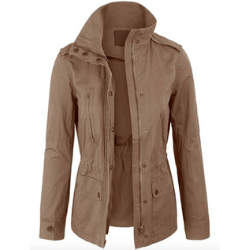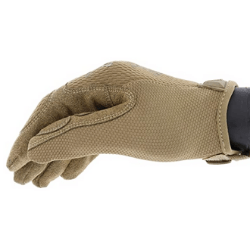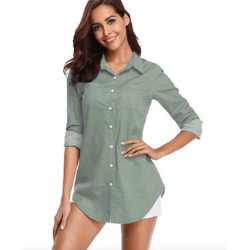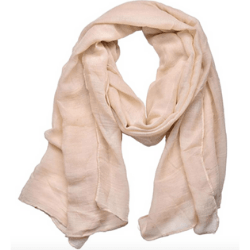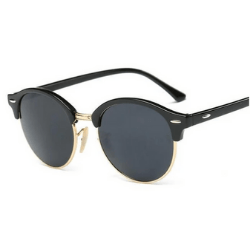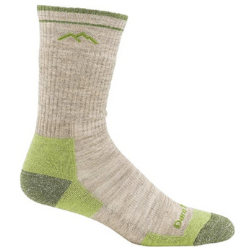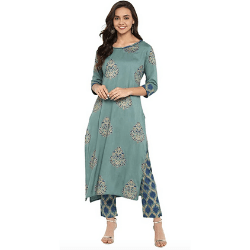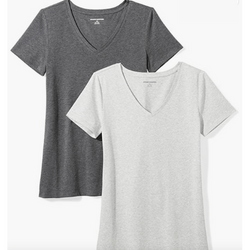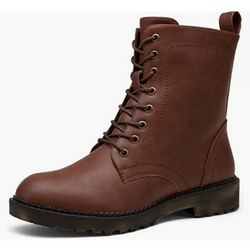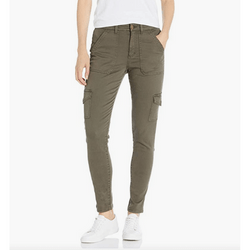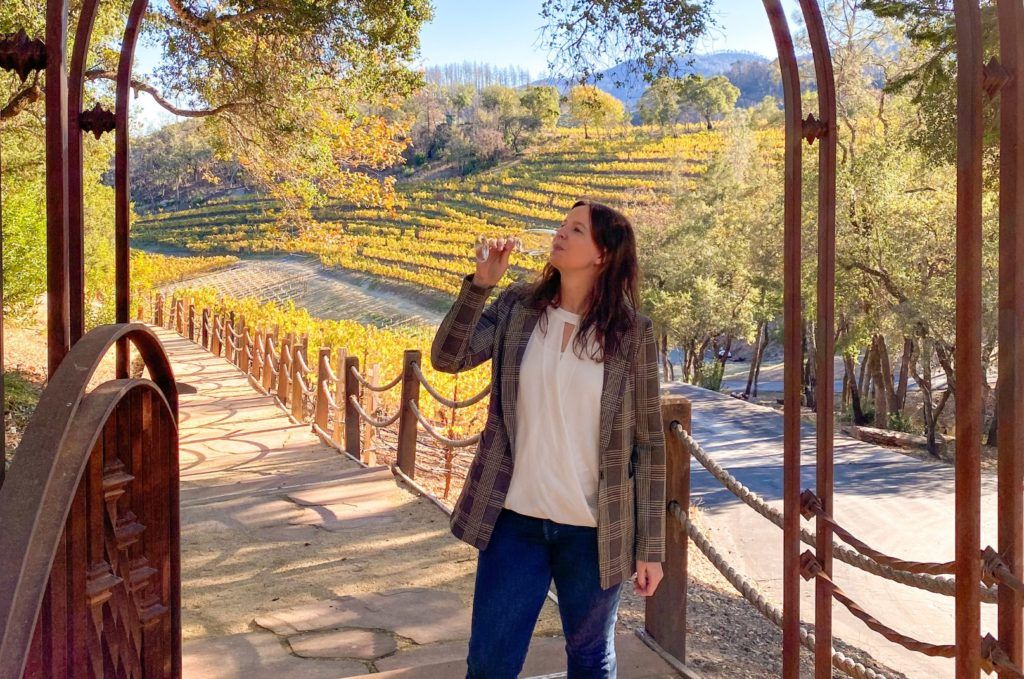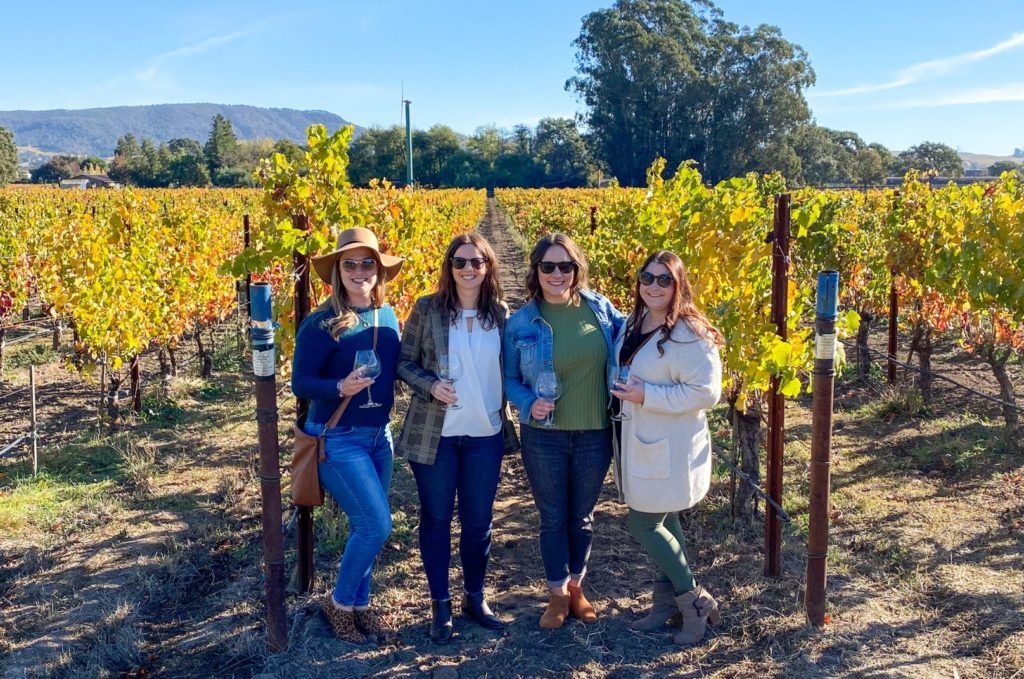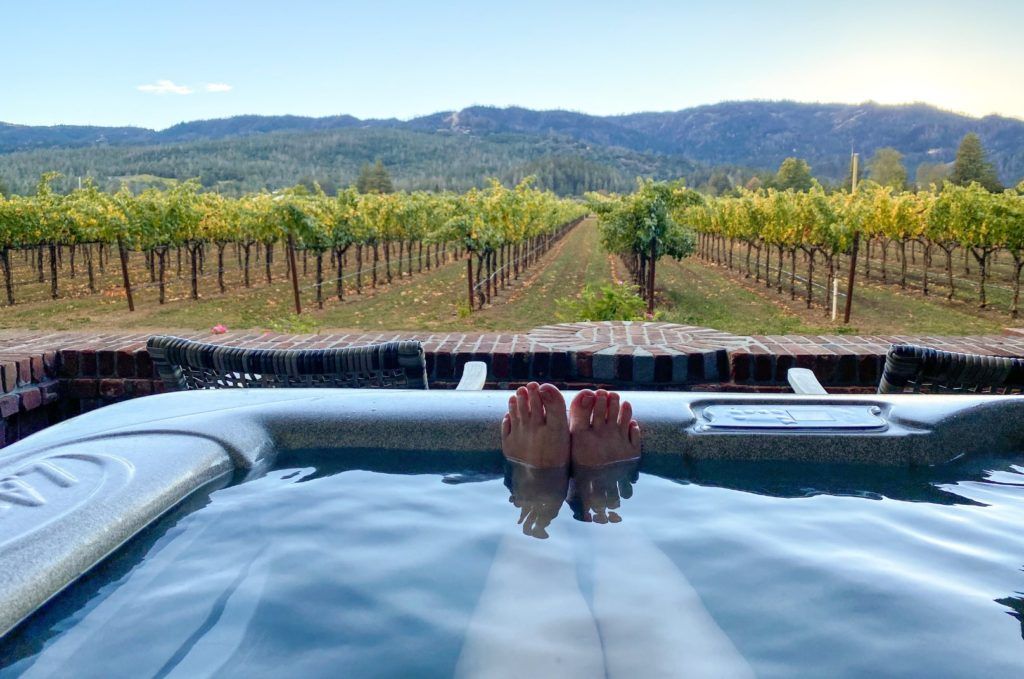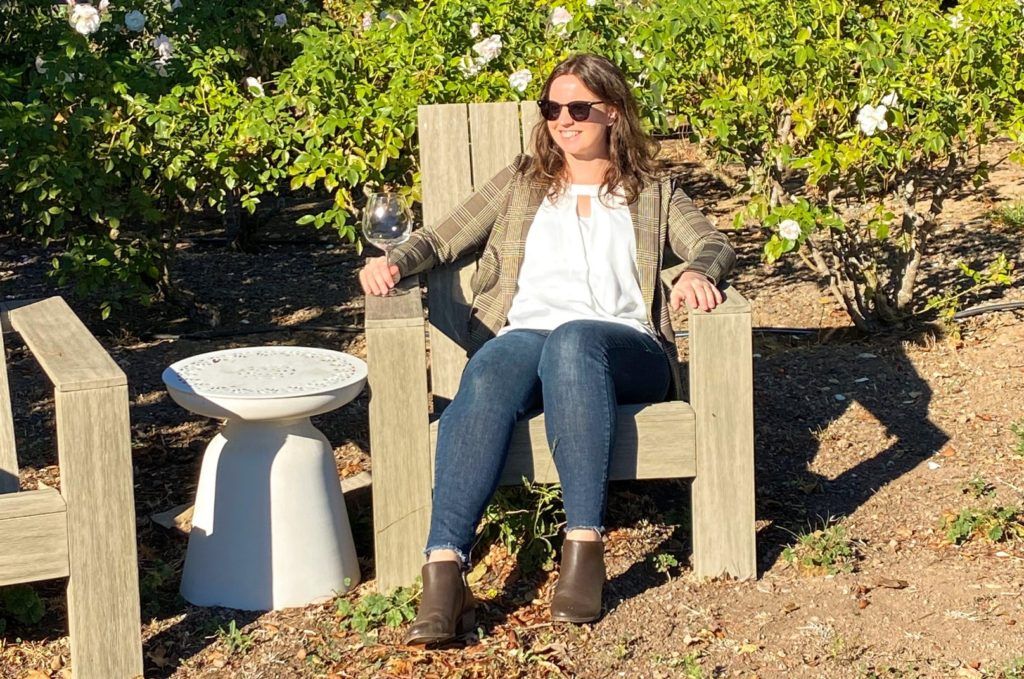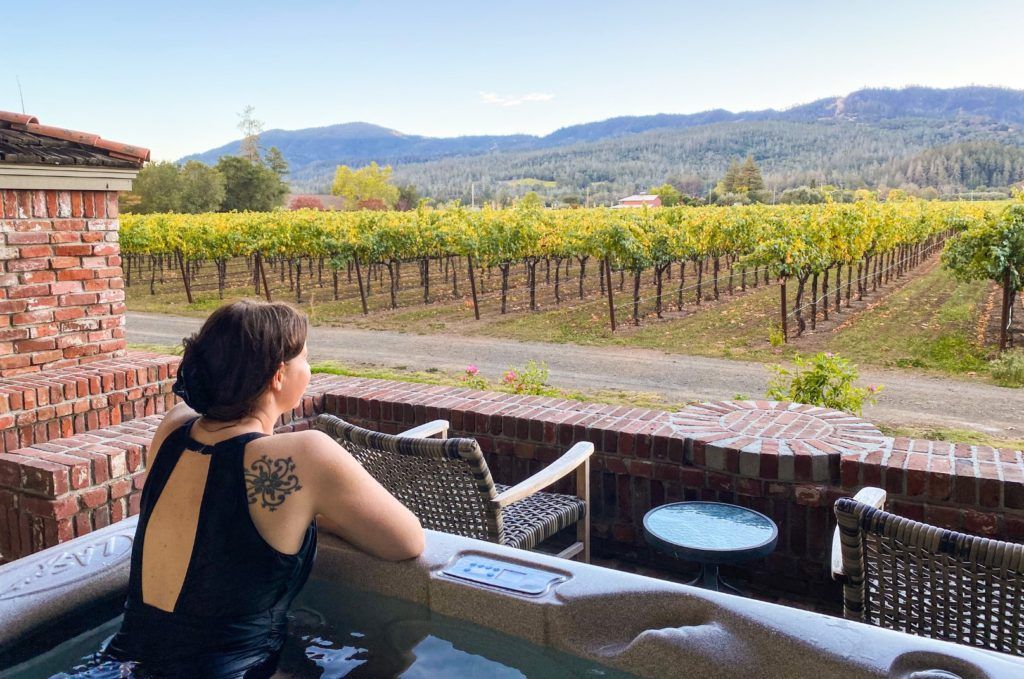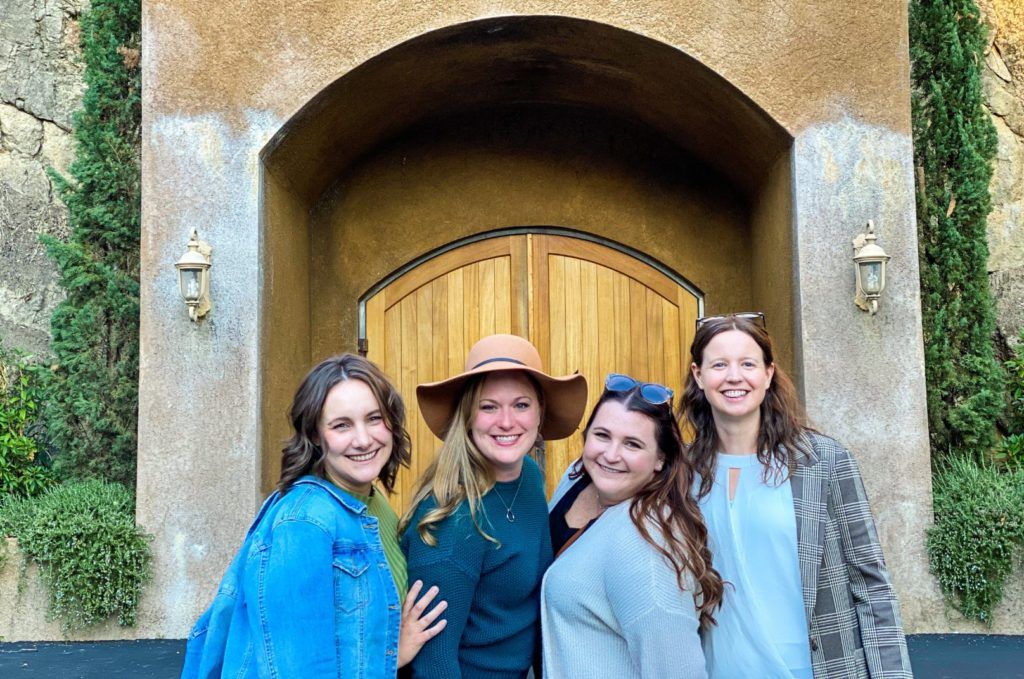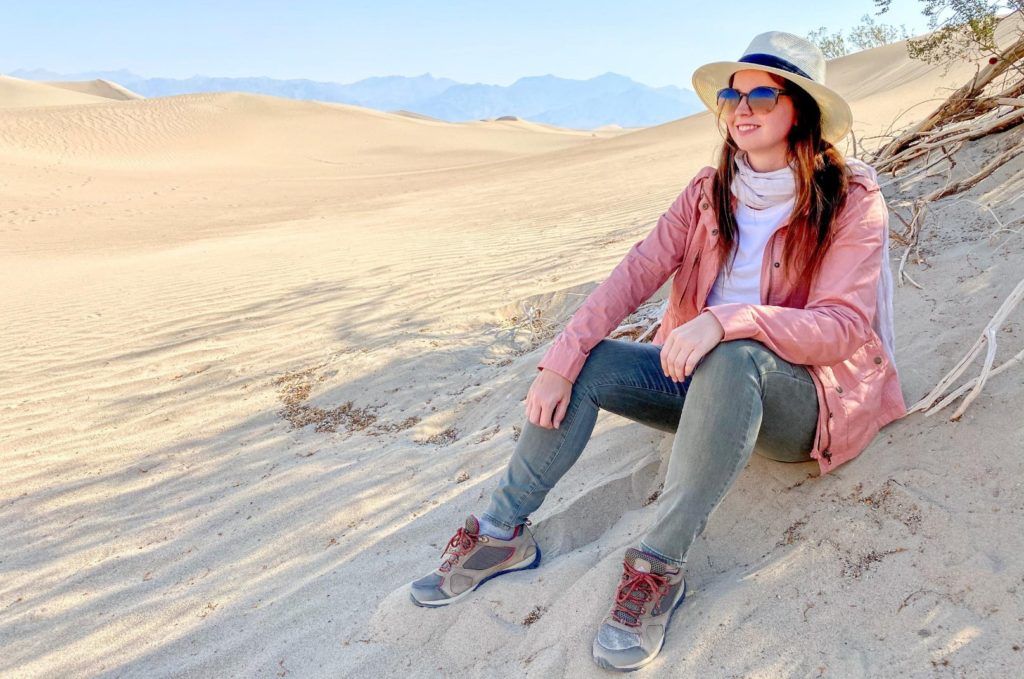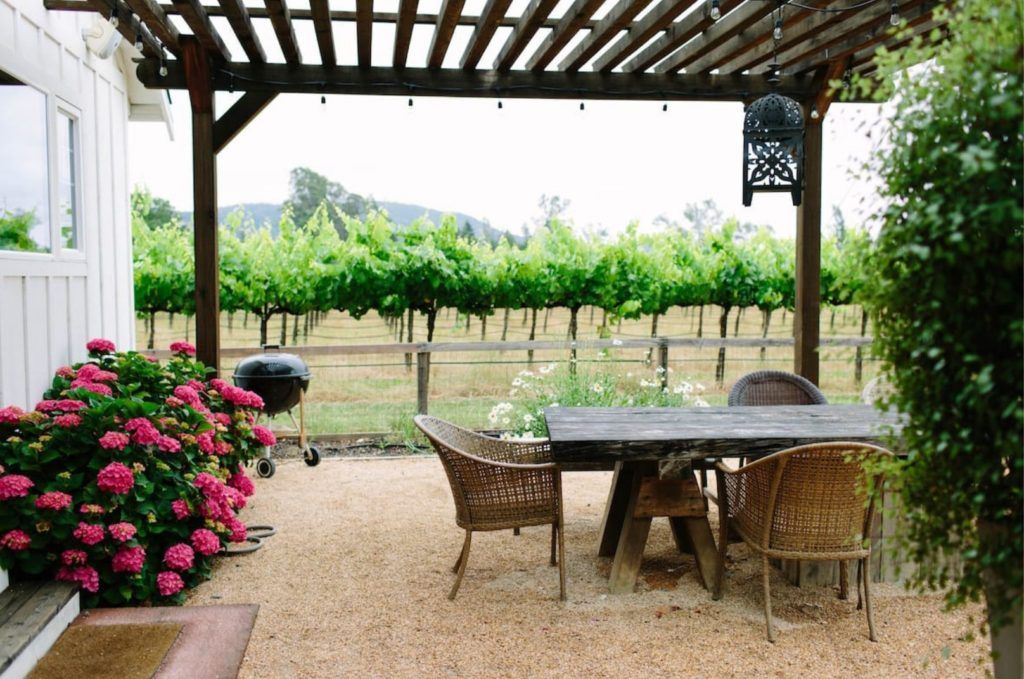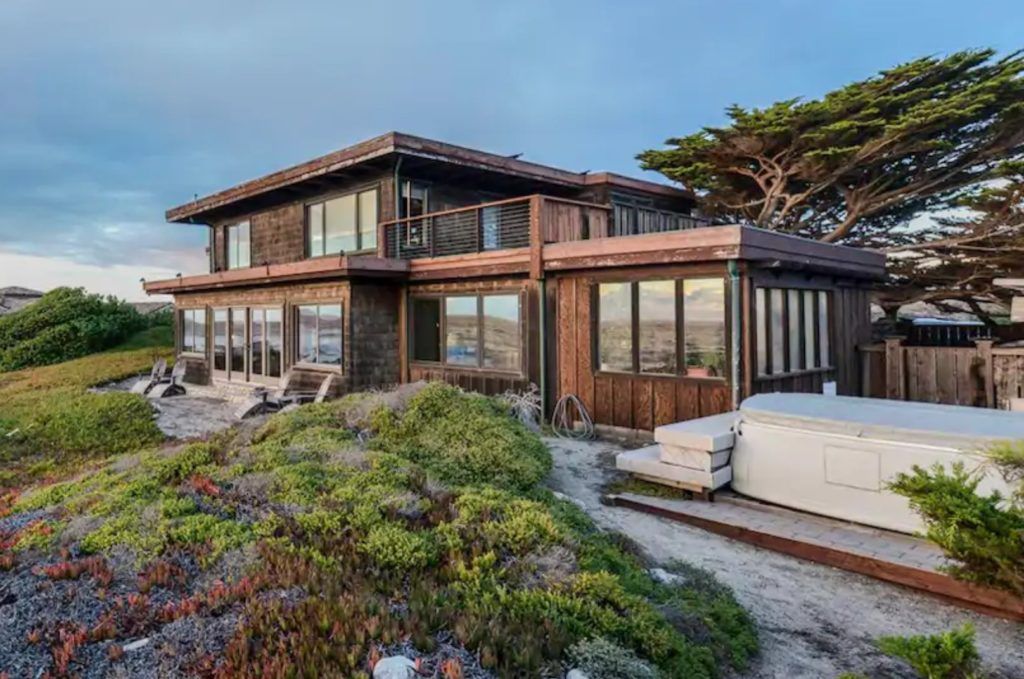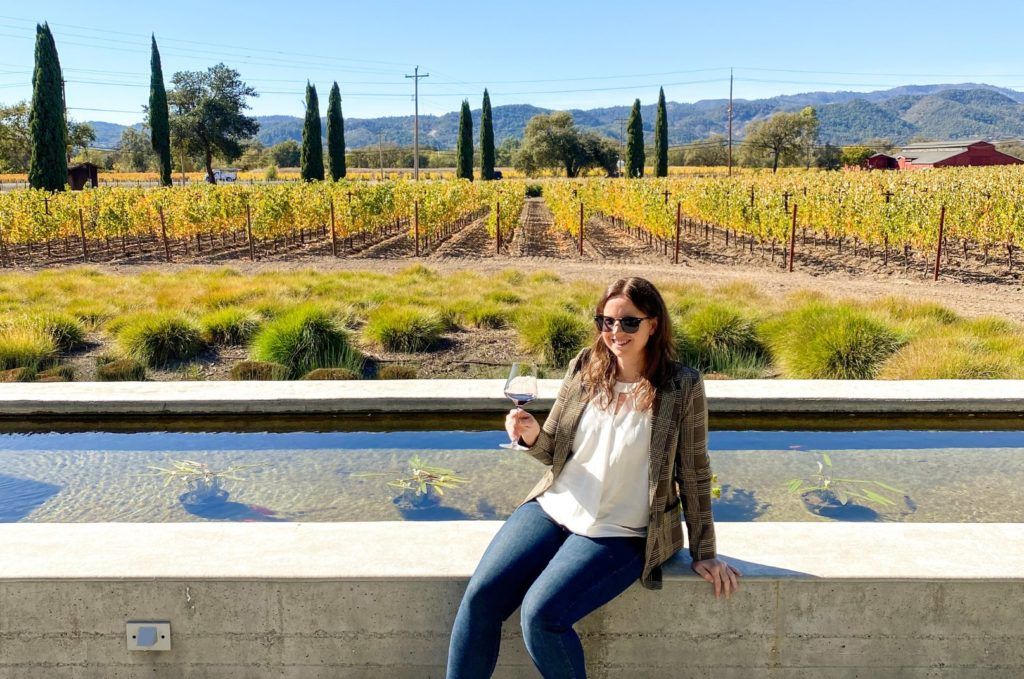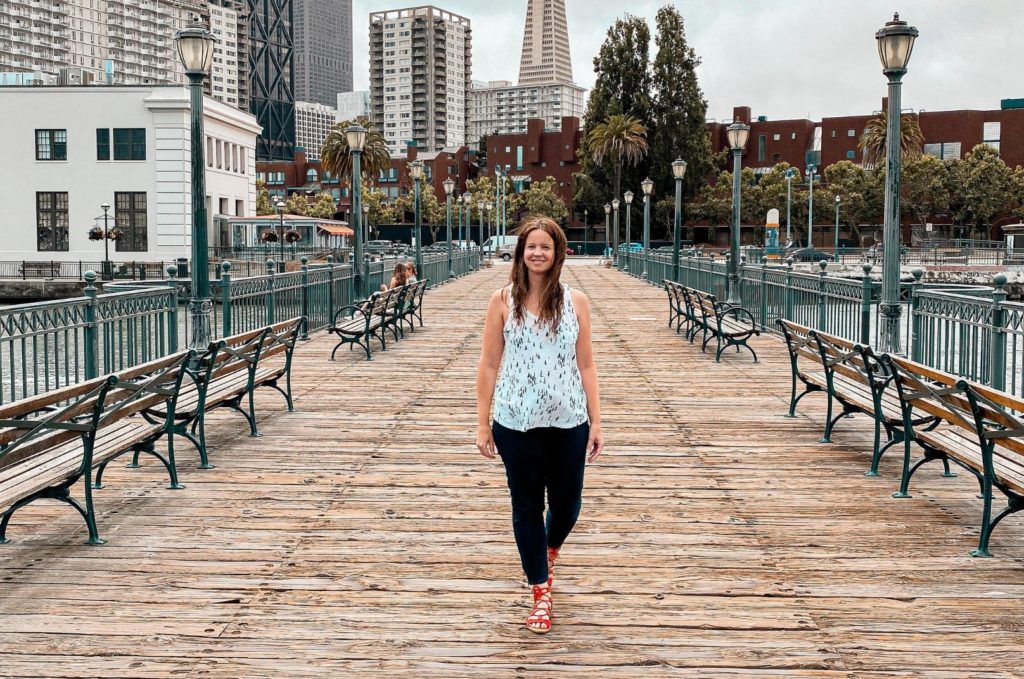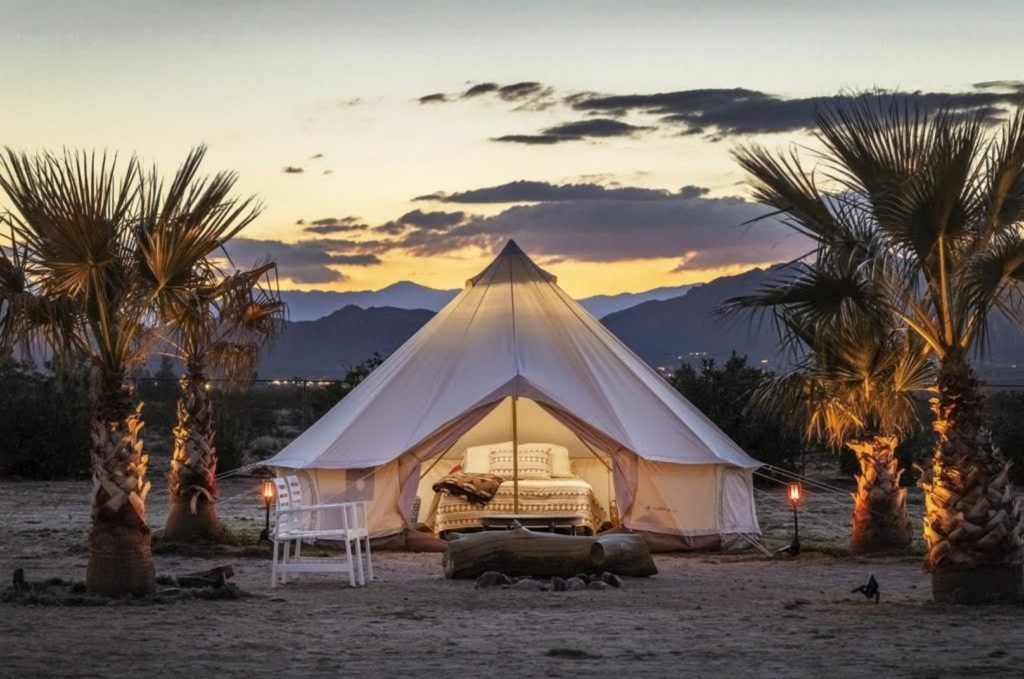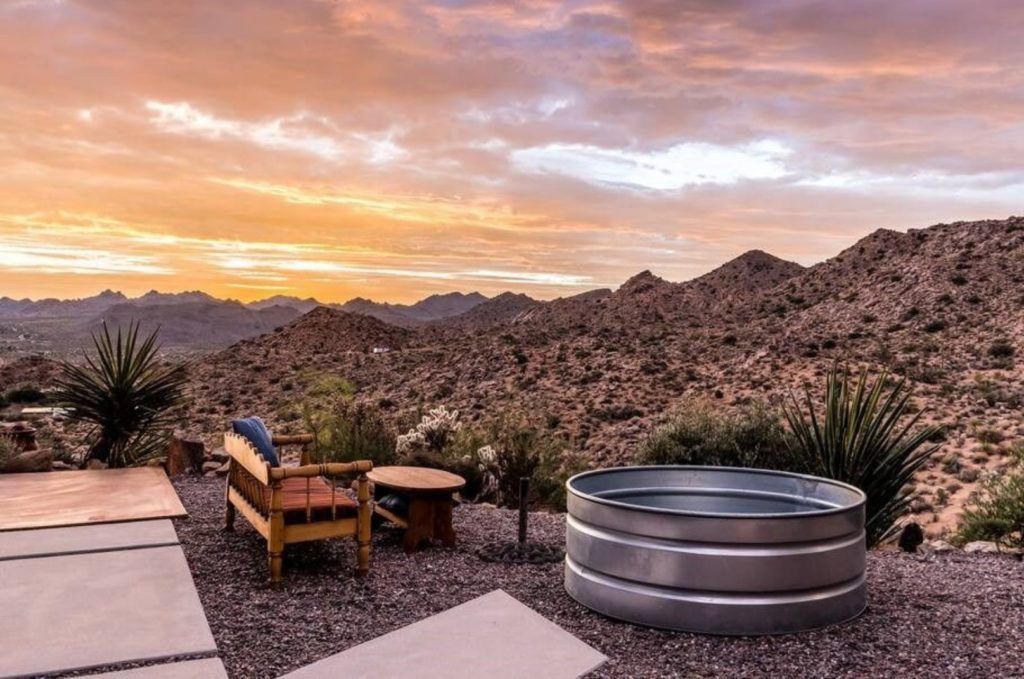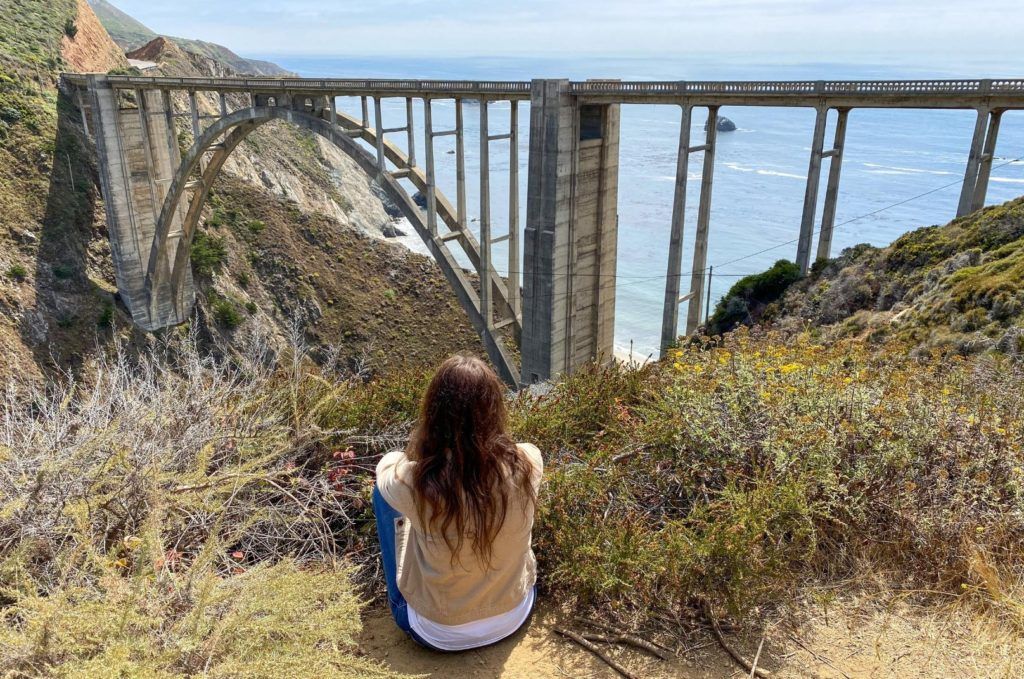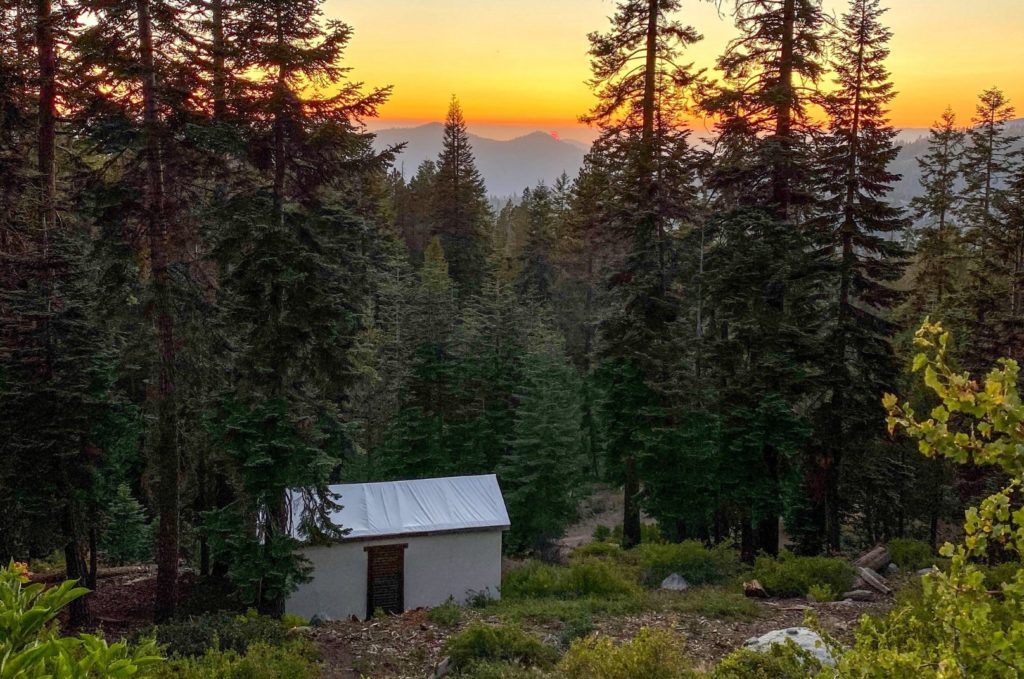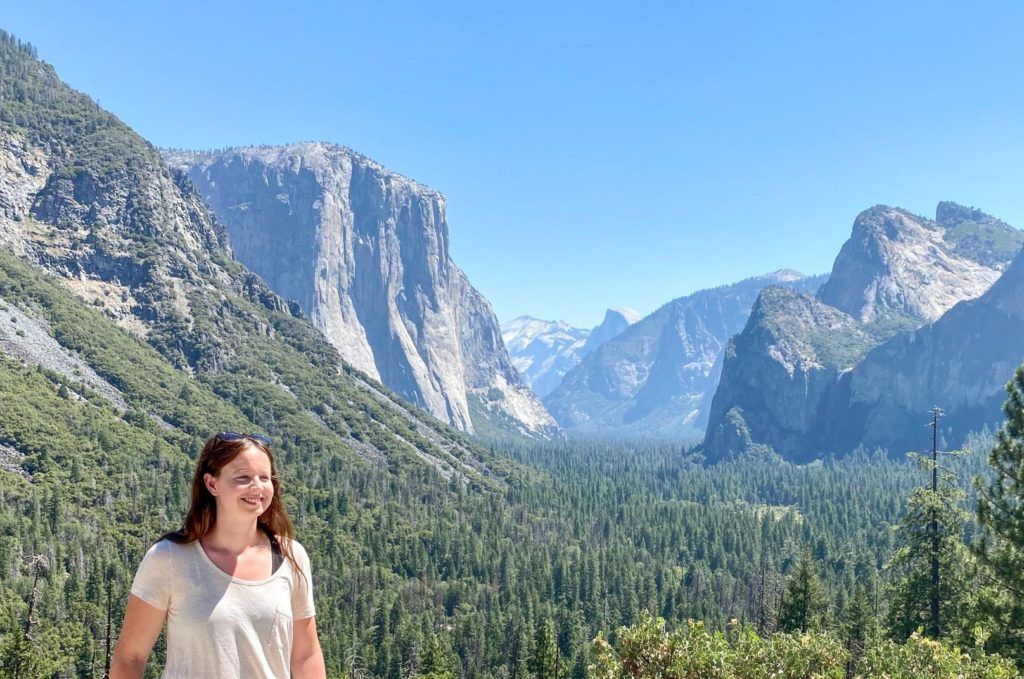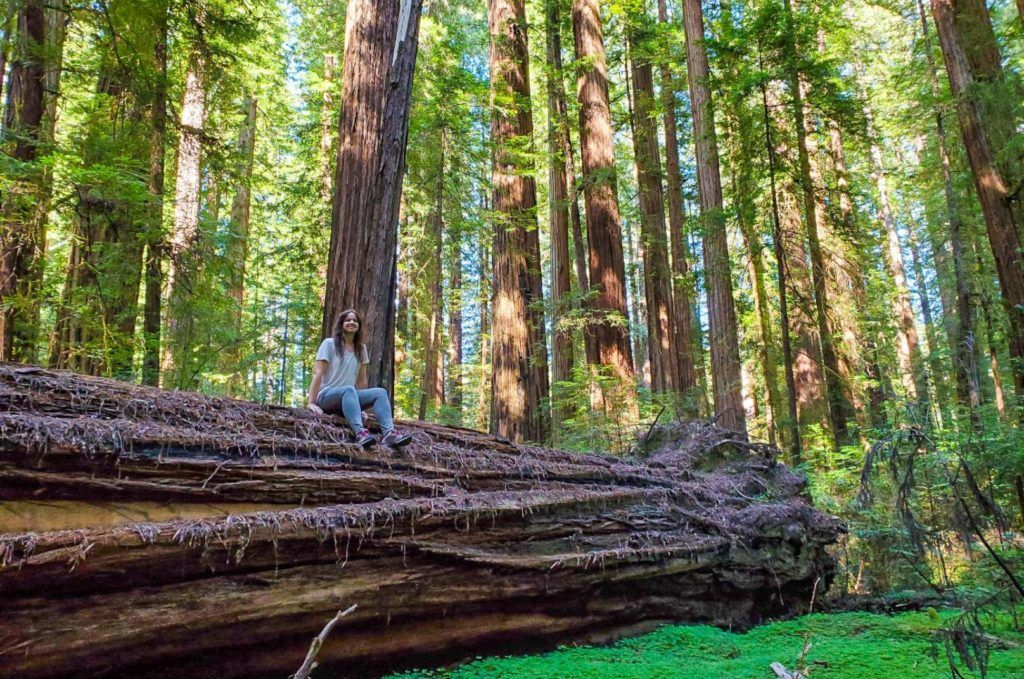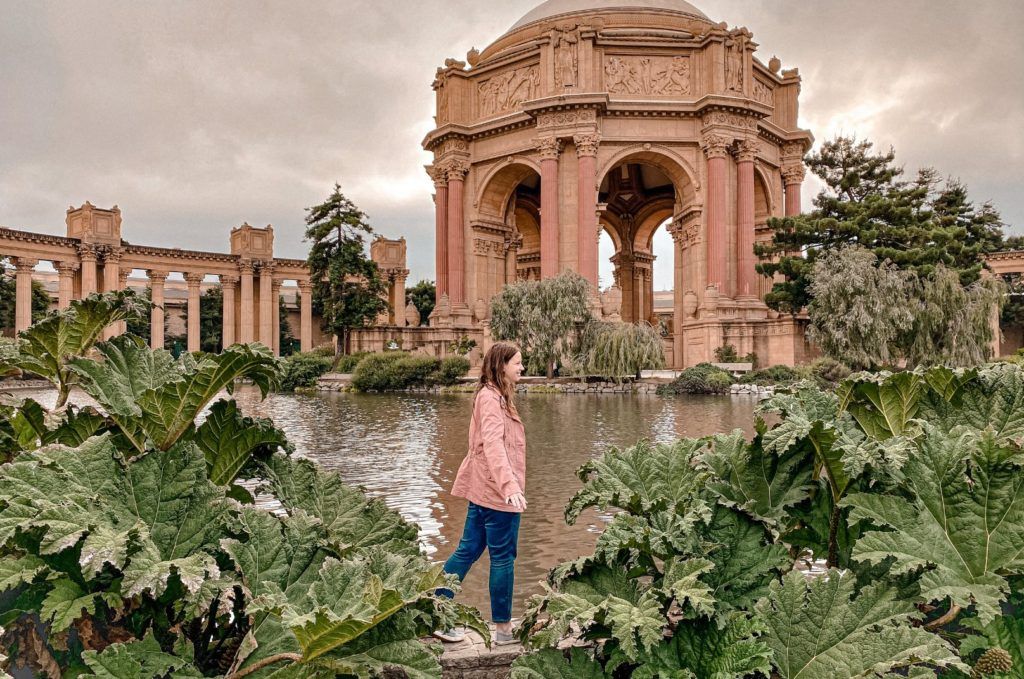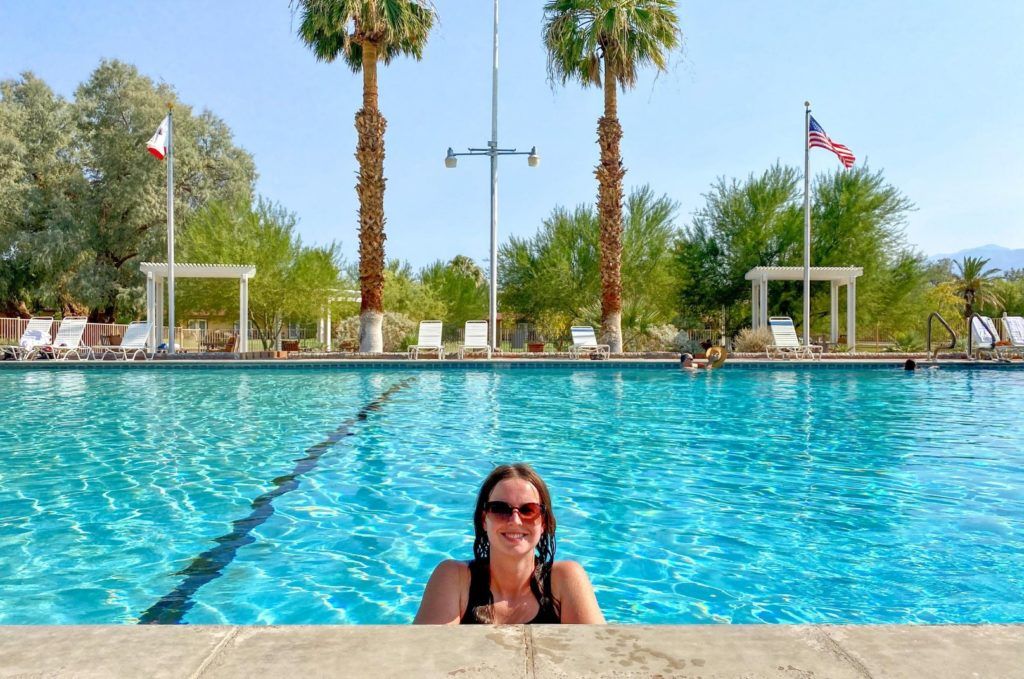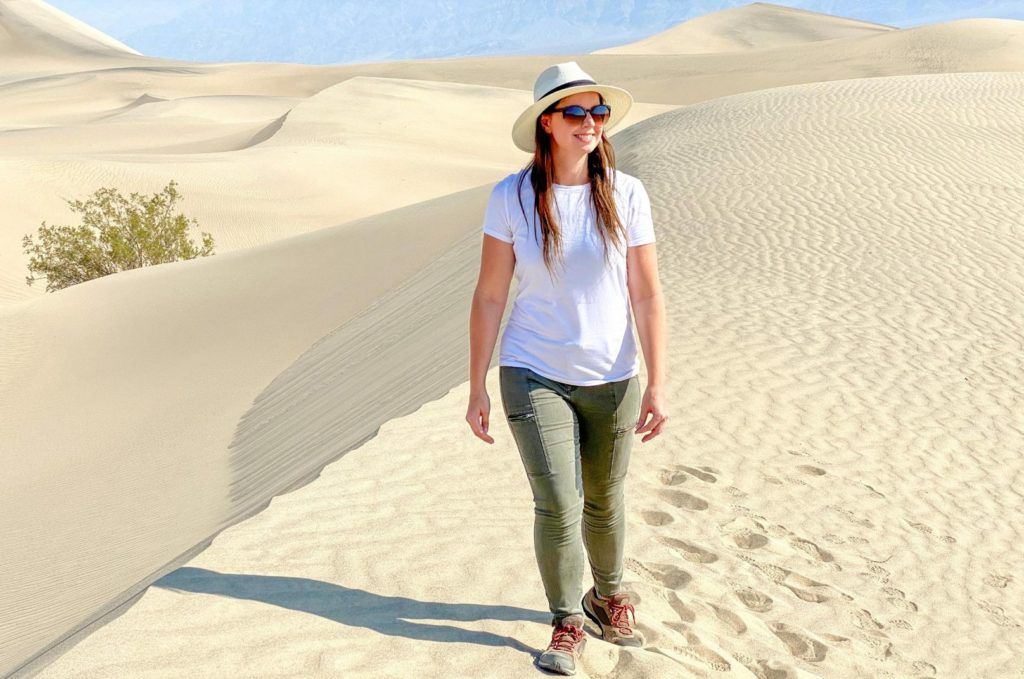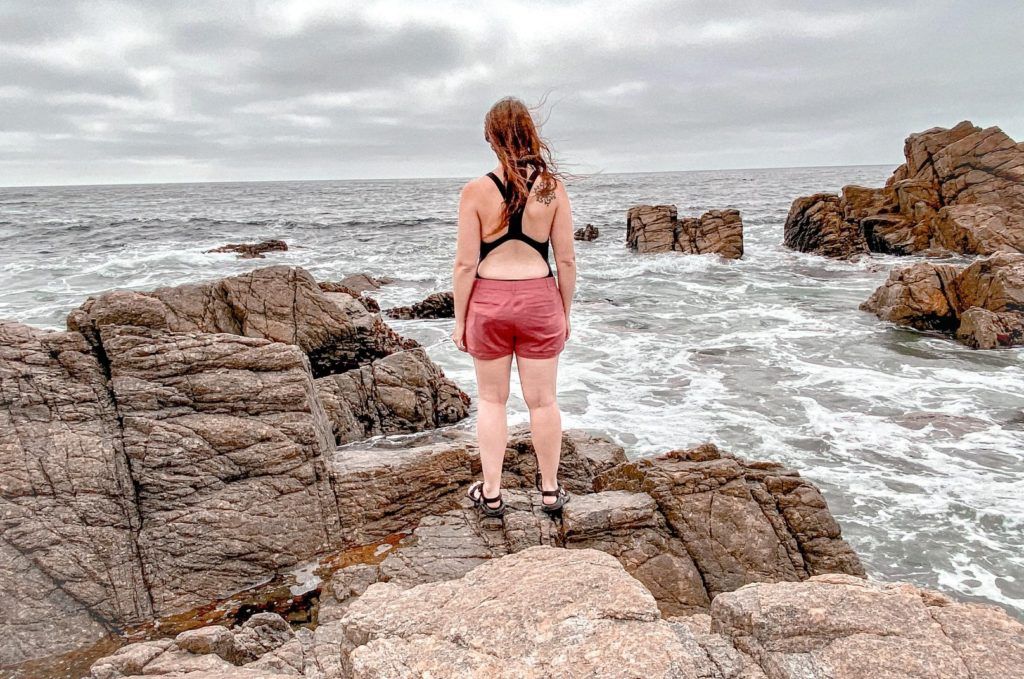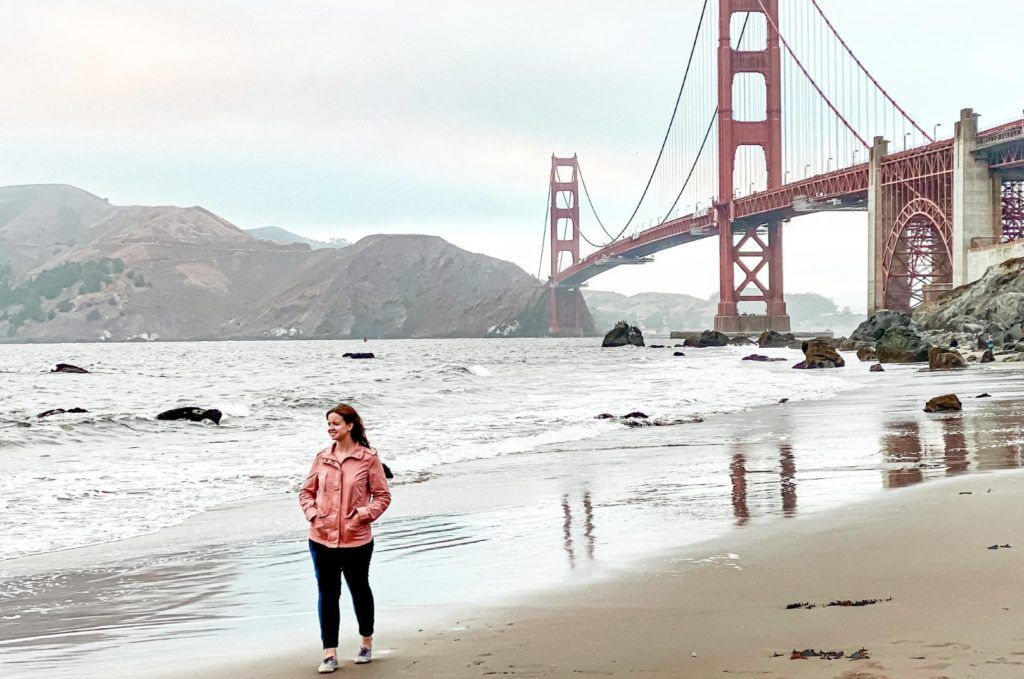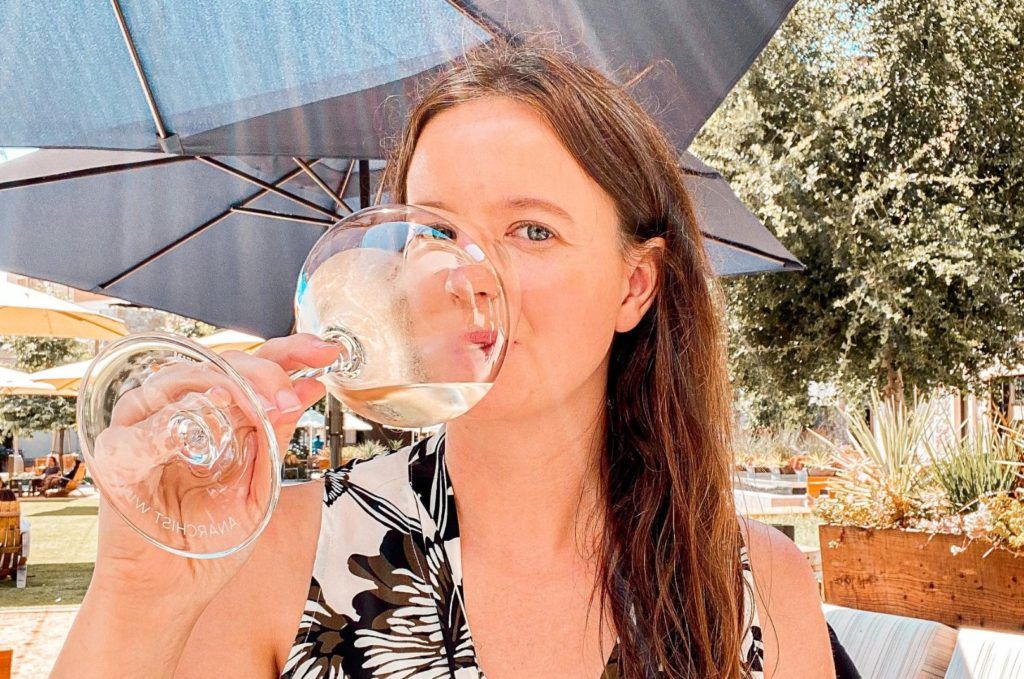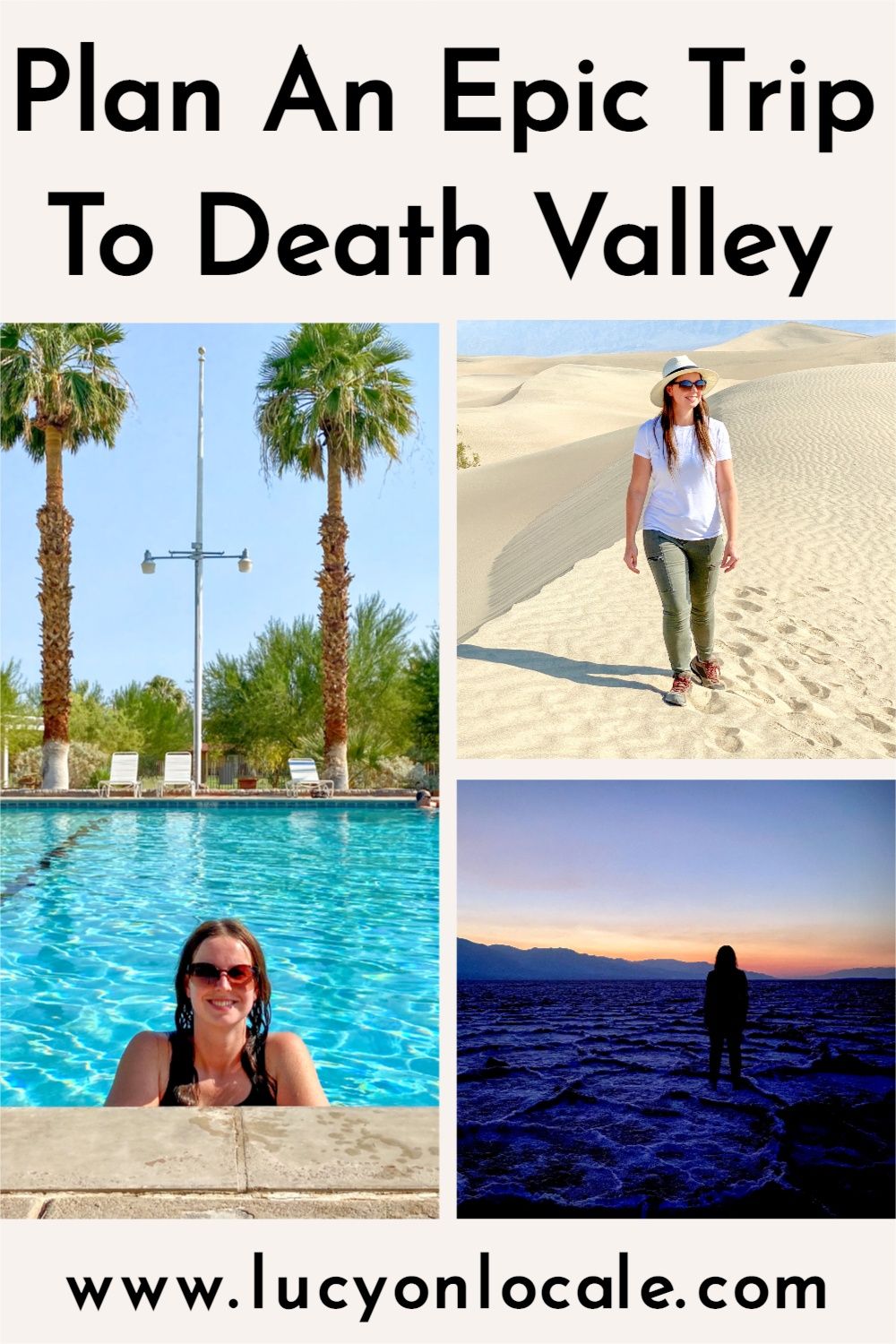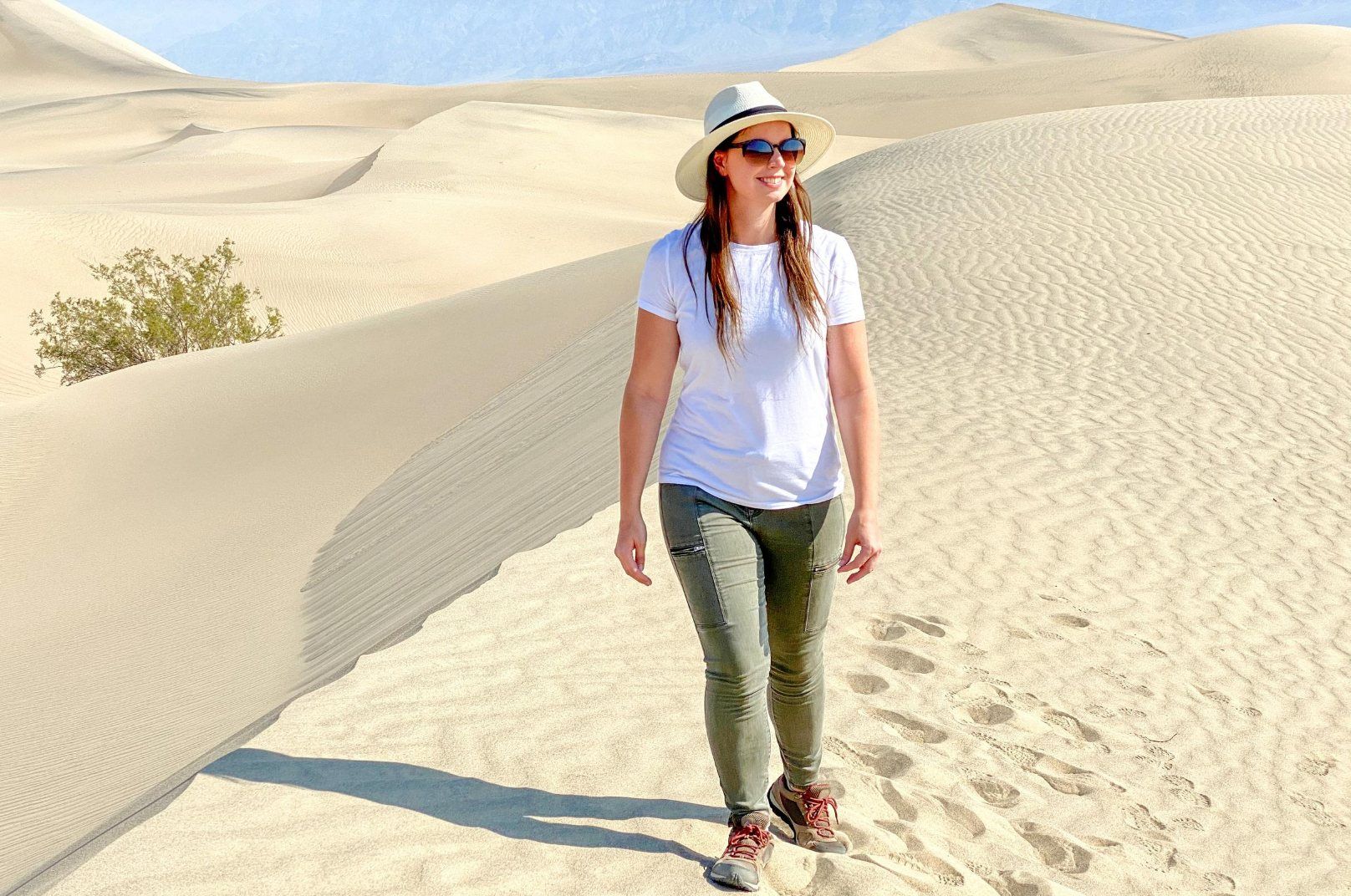
Death Valley is the hottest, driest, and lowest U.S. National Park. But, despite its name, this California park is absolutely stunning, and it’s full of life and beauty. I highly recommend spending at least one night in this national park, so here’s how to plan a Death Valley National Park 1-day trip.
Tips for Visiting Popular National Parks
This park is meant to be experienced during the day and at night because Death Valley is also an International Dark Sky Park. This park has the darkest skies in the United States, and if you time it right (with the moon phase and time of night), you can see the Milky Way with the naked eye.
Here’s how to plan an epic Death Valley National Park 1-day trip!

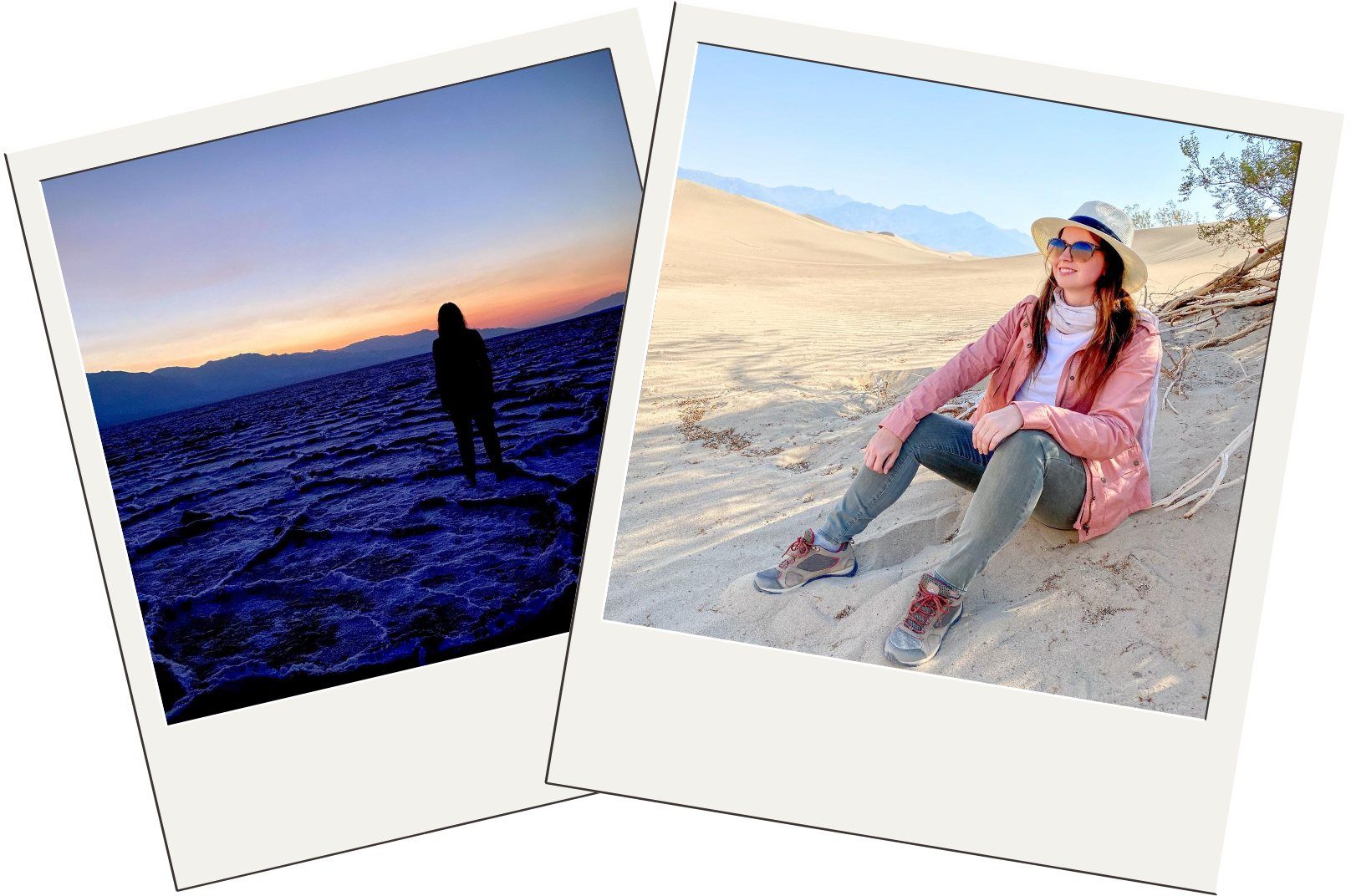
When To Go
Spring is the most popular season to visit Death Valley, so book your tours and accommodation in advance (especially if you’re camping). In early Spring, temperatures are in the 70s and 80s during the day (21-27ºC) and in the 50s and 60s (10-15ºC) at night. But by late April, it’ll be in the 90s (32ºC). If there’s been any winter rain, then the wildflowers will be out on many of the higher-elevation hikes.
Summer temperatures are in the 100’s (38ºC) during all but the earliest hours of the morning. So the key to enjoying summer in Death Valley is to start your day around sunrise, do the hikes, drives, or tours you want to do, then head back indoors for the afternoon until you go back out for sunset and the night skies. Summer is Death Valley’s low season, so some tour companies, accommodation, and restaurants aren’t open.
Fall in Death Valley starts in October when temperatures decline to the 90s (32ºC) during the day and the 60s (15ºC) at night. Rangers programs and guided tours are in full swing, and as long as you avoid the holidays, the park is still relatively uncrowded. The Death Valley ‘49ers Encampment in November is a fantastic festival of old-time western music, art, and events that celebrate Death Valley’s pioneer spirit.
Most people are surprised to learn that Death Valley is cold in the Winter, with lows at night in the 40s (4ºC). Everything – tours, accommodation, etc. – is fully open in the Winter, though keep in mind that the days are much shorter during these months. Winter occasionally sees rain in the valley and usually brings snow to the Panamint Mountains.
Death Valley is one of my top destinations to visit in December!

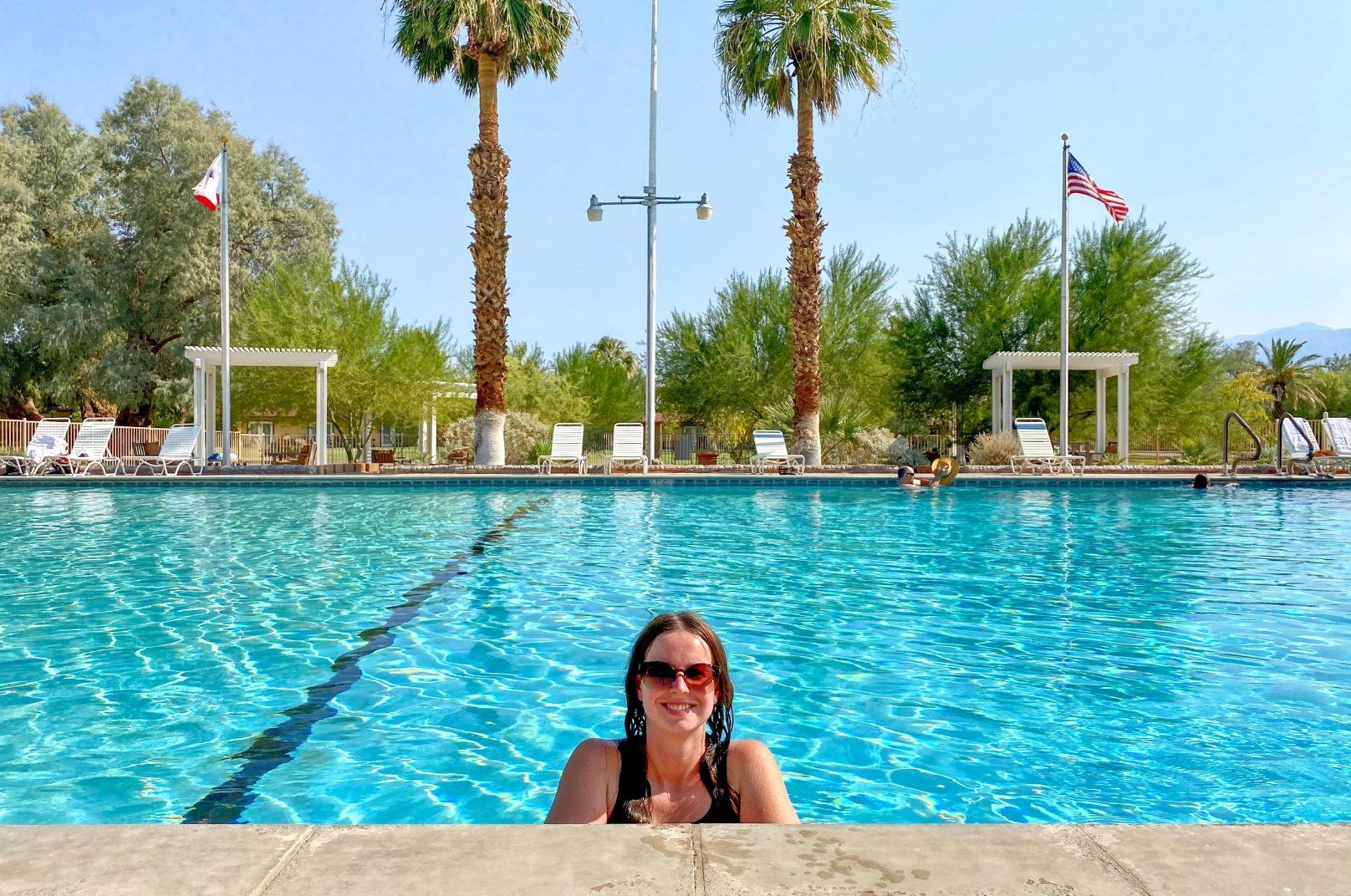
Where To Stay
The best accommodation in Death Valley National Park is The Oasis At Death Valley. This complex consists of two resorts, a golf course, multiple restaurants, a general store, Post Office, a gas station, and a campground for RVs and tents. The Oasis At Death Valley is centrally located in the park and has everything you could need or want during your trip.
Read about My Stay At The Oasis At Death Valley!
Read More

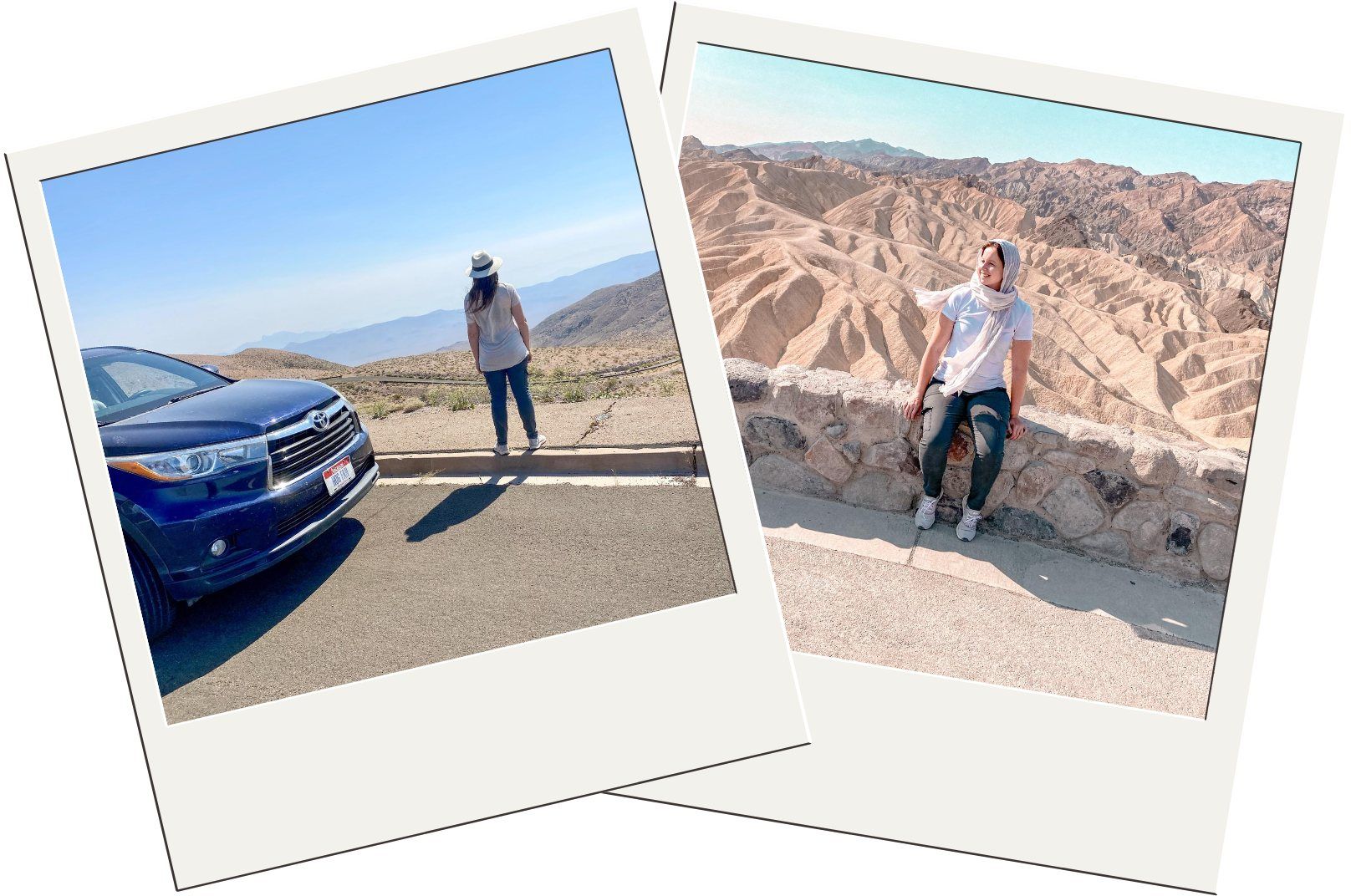
What To Do
Here are my top activity recommendations. I’ve provided a range of options, so please pick and choose based on your comfort level. Remember, most things take longer and are more strenuous in Death Valley than you think.
Hikes: Mesquite Flat Sand Dunes (easy-moderate), Golden Canyon and Gower Gulch (moderate), Hungry Bill’s Ranch (difficult), Sidewinder Canyon (easy), Ubehebe Peak (difficult), Telescope Peak (very difficult), Wildrose Peak (moderate), Mosaic Canyon (easy).
Scenic Drives: Artist’s Drive and Palette – a paved loop suitable for all cars. Twenty Mule Team Canyon – unpaved loop; high-clearance vehicles are recommended. Titus Canyon – a 27-mile drive from Scotty’s Castle Road to Nevada Highway 374 just outside the park entrance; high-clearance vehicles are recommended.
Overlooks: Dante’s View, Zabriskie Point, on top of one of the higher dunes in Mesquite Flat Sand Dunes, Father Crowley Overlook, Aguereberry Point.
At Night: start your hike out to Badwater Basin at sunset and then patiently wait for the park’s extraordinary night skies; participate in a ranger-led night sky viewing.
Guided Tours: Farabee Jeep Tour to Racetrack, a horseback ride with Furnace Creek Stables.
Star Wars Filming Sites: Mesquite Flat Sand Dunes for shots of R2-D2 rolling through the desert after he and C-3P0 crash-land their escape pod; Artist’s Drive and Palette where Jawas abducted R2-D2; Desolation Canyon where Luke encounters the Tusken Raiders; The panoramic view from Dante’s View served as the panoramic shot of Mos Eisley; Twenty Mule Team Canyon is the road that leads to Jabba’s Palace.

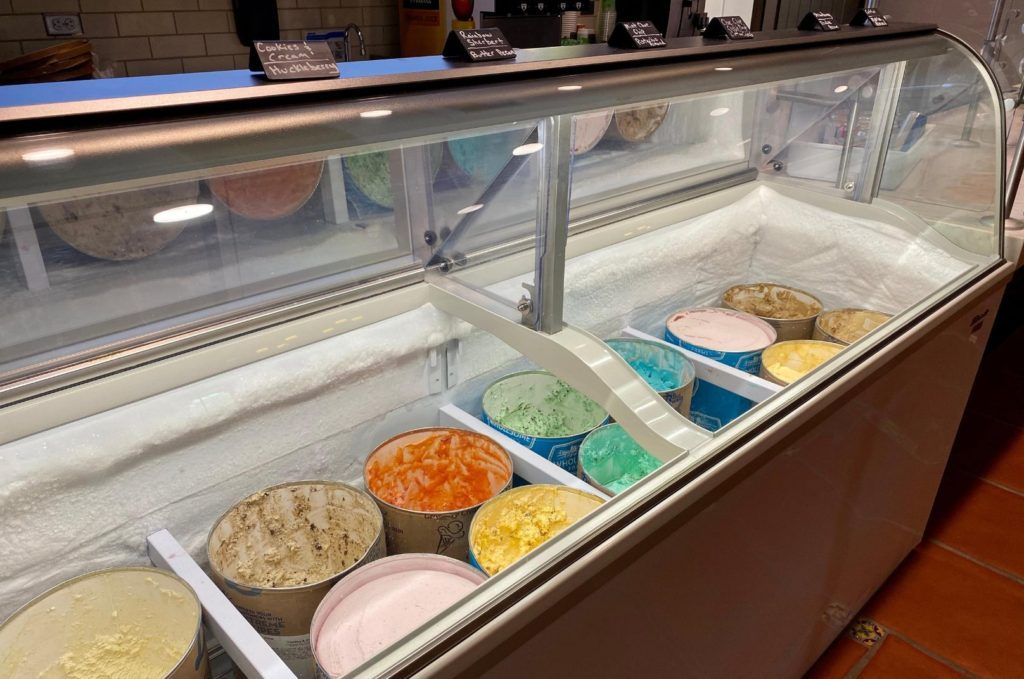
Where To Eat
If you take my advice and stay at The Oasis At Death Valley, you can get all your meals here, including any food you want to pack out with you.
Furnace Creek, Stovepipe Wells, and Panamint Springs all have either a general store or a couple of eating places, though many of these are only open seasonally. You can see a list of eating options on the National Park’s website.
Always bring snacks with you, and plan each day’s meals ahead of time because dining options are few and far between.

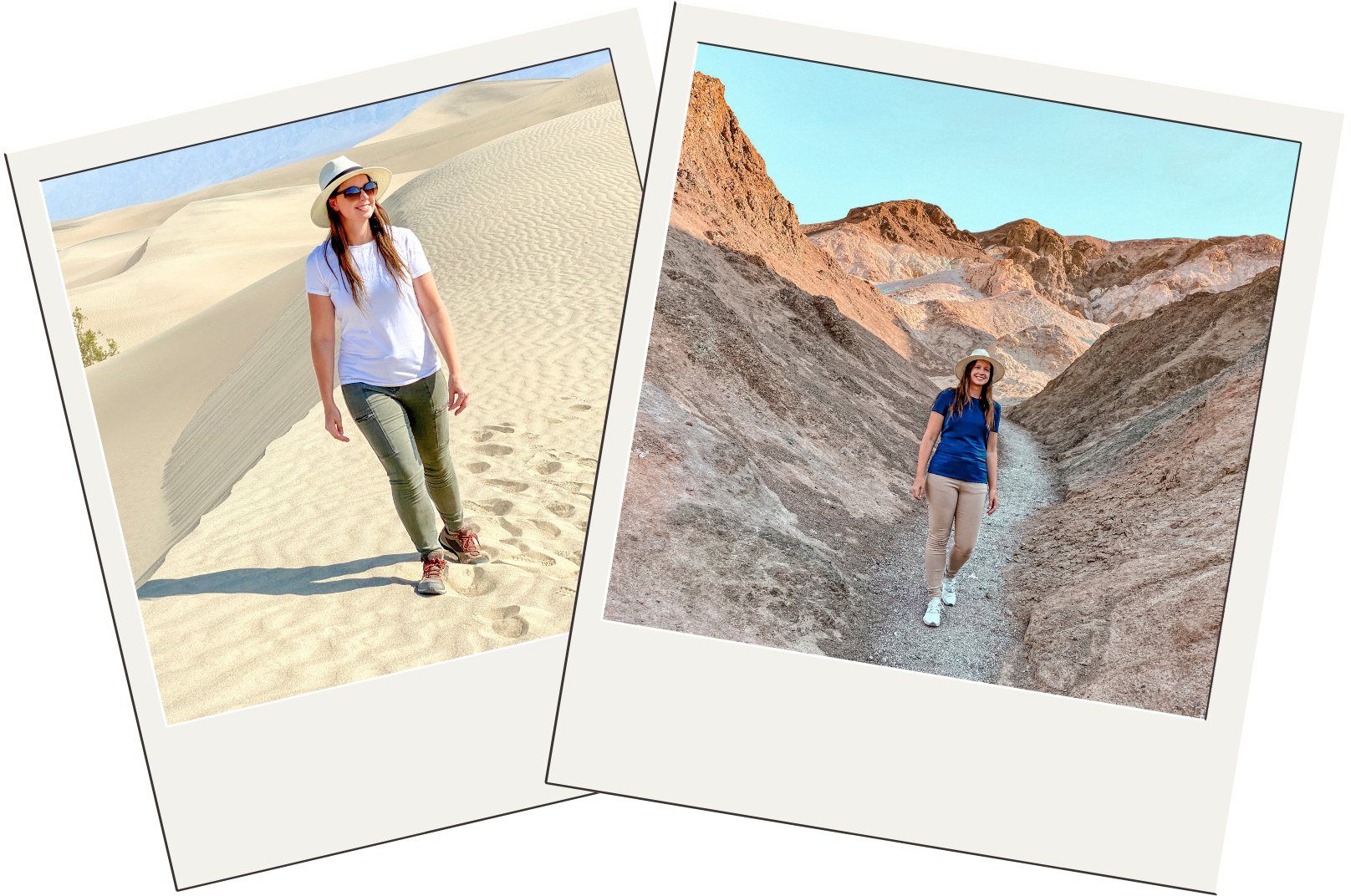
Know Before You Go
Things are further away than they look. So pace yourself and keep careful track of your time. The trek back will always take longer than the trek out.
Be prepared to feel hotter and get thirstier than you might expect.
Make sure you have plenty of gas.
Bring binoculars.
Most roadside restrooms don’t have running water, so bring hand sanitizer or wet wipes with you.
You won’t have cell service in most of the park, so download maps, hiking guides, etc. beforehand.

Shop My Desert Essentials

What would you do on a Death Valley National Park 1-day trip? Let us know in the comments!

For Planning The Rest Of Your California Trip

Frequently Asked Questions
Is one day enough in Death Valley?
I highly recommend spending 2-3 days in Death Valley (there’s A LOT to do here). But if you only have a day, then plan on arriving as early as possible to beat the heat and maximize your time.
What can you do in Death Valley for one day?
The Best Things To Do in Death Valley National Park:
Hikes: Mesquite Flat Sand Dunes (easy-moderate), Golden Canyon and Gower Gulch (moderate), Hungry Bill’s Ranch (difficult), Sidewinder Canyon (easy), Ubehebe Peak (difficult), Telescope Peak (very difficult), Wildrose Peak (moderate), Mosaic Canyon (easy).
Scenic Drives: Artist’s Drive and Palette – a paved loop suitable for all cars. Twenty Mule Team Canyon – unpaved loop; high-clearance vehicles are recommended. Titus Canyon – a 27-mile drive from Scotty’s Castle Road to Nevada Highway 374 just outside the park entrance; high-clearance vehicles are recommended.
Overlooks: Dante’s View, Zabriskie Point, on top of one of the higher dunes in Mesquite Flat Sand Dunes, Father Crowley Overlook, Aguereberry Point.
At Night: start your hike out to Badwater Basin at sunset and then patiently wait for the park’s extraordinary night skies; participate in a ranger-led night sky viewing.
Guided Tours: Farabee Jeep Tour to Racetrack, a horseback ride with Furnace Creek Stables.
Star Wars Filming Sites: Mesquite Flat Sand Dunes for shots of R2-D2 rolling through the desert after he and C-3P0 crash-land their escape pod; Artist’s Drive and Palette where Jawas abducted R2-D2; Desolation Canyon where Luke encounters the Tusken Raiders; The panoramic view from Dante’s View served as the panoramic shot of Mos Eisley; Twenty Mule Team Canyon is the road that leads to Jabba’s Palace.
Which Is Better Death Valley or Zion?
Death Valley and Zion are both incredible national parks. They will each give you very different experiences, so I highly recommend visiting both of these parks.
How long does it take to drive through Death Valley National Park?
It takes about two hours to drive across Death Valley National Park. But there’s so much to do here, so I highly recommend spending 2-3 days here.
What should I not miss in Death Valley?
The Best Things To Do in Death Valley National Park:
Hikes: Mesquite Flat Sand Dunes (easy-moderate), Golden Canyon and Gower Gulch (moderate), Hungry Bill’s Ranch (difficult), Sidewinder Canyon (easy), Ubehebe Peak (difficult), Telescope Peak (very difficult), Wildrose Peak (moderate), Mosaic Canyon (easy).
Scenic Drives: Artist’s Drive and Palette – a paved loop suitable for all cars. Twenty Mule Team Canyon – unpaved loop; high-clearance vehicles are recommended. Titus Canyon – a 27-mile drive from Scotty’s Castle Road to Nevada Highway 374 just outside the park entrance; high-clearance vehicles are recommended.
Overlooks: Dante’s View, Zabriskie Point, on top of one of the higher dunes in Mesquite Flat Sand Dunes, Father Crowley Overlook, Aguereberry Point.
At Night: start your hike out to Badwater Basin at sunset and then patiently wait for the park’s extraordinary night skies; participate in a ranger-led night sky viewing.
Guided Tours: Farabee Jeep Tour to Racetrack, a horseback ride with Furnace Creek Stables.
Star Wars Filming Sites: Mesquite Flat Sand Dunes for shots of R2-D2 rolling through the desert after he and C-3P0 crash-land their escape pod; Artist’s Drive and Palette where Jawas abducted R2-D2; Desolation Canyon where Luke encounters the Tusken Raiders; The panoramic view from Dante’s View served as the panoramic shot of Mos Eisley; Twenty Mule Team Canyon is the road that leads to Jabba’s Palace.
Do you have to pay to drive through Death Valley?
No. You can drive through the park without paying an entrance fee or needing a park pass.
Which is better Joshua Tree or Death Valley?
Death Valley and Joshua Tree are both incredible national parks. They will each give you very different experiences, so I highly recommend visiting both of these parks.
When should you not go to Death Valley?
Spring is the most popular season to visit Death Valley, so book your tours and accommodation in advance (especially if you’re camping). In early Spring, temperatures are in the 70s and 80s during the day (21-27ºC) and in the 50s and 60s (10-15ºC) at night. But by late April, it’ll be in the 90s (32ºC). If there’s been any winter rain, then the wildflowers will be out on many of the higher-elevation hikes.
Summer temperatures are in the 100’s (38ºC) during all but the earliest hours of the morning. So the key to enjoying summer in Death Valley is to start your day around sunrise, do the hikes, drives, or tours you want to do, then head back indoors for the afternoon until you go back out for sunset and the night skies. Summer is Death Valley’s low season, so some tour companies, accommodation, and restaurants aren’t open.
Fall in Death Valley starts in October when temperatures decline to the 90s (32ºC) during the day and the 60s (15ºC) at night. Rangers programs and guided tours are in full swing, and as long as you avoid the holidays, the park is still relatively uncrowded. The Death Valley ‘49ers Encampment in November is a fantastic festival of old-time western music, art, and events that celebrate Death Valley’s pioneer spirit.
Most people are surprised to learn that Death Valley is cold in the Winter, with lows at night in the 40s (4ºC). Everything – tours, accommodation, etc. – is fully open in the Winter, though keep in mind that the days are much shorter during these months. Winter occasionally sees rain in the valley and usually brings snow to the Panamint Mountains.

This Death Valley National Park 1-day trip guide is not a sponsored post, and, as always, the thoughts and opinions expressed in this Death Valley National Park 1-day trip guide are entirely my own. Some of these links are affiliate links, and, at no cost to you, I may earn a small commission.
 Travel Shop
Travel Shop Merch
Merch Travel Tips
Travel Tips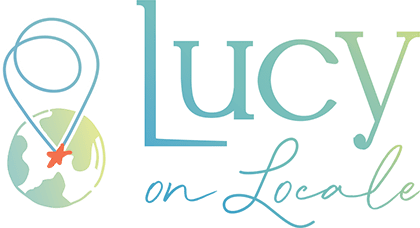
 Photography
Photography Points & Miles
Points & Miles Credit Cards
Credit Cards